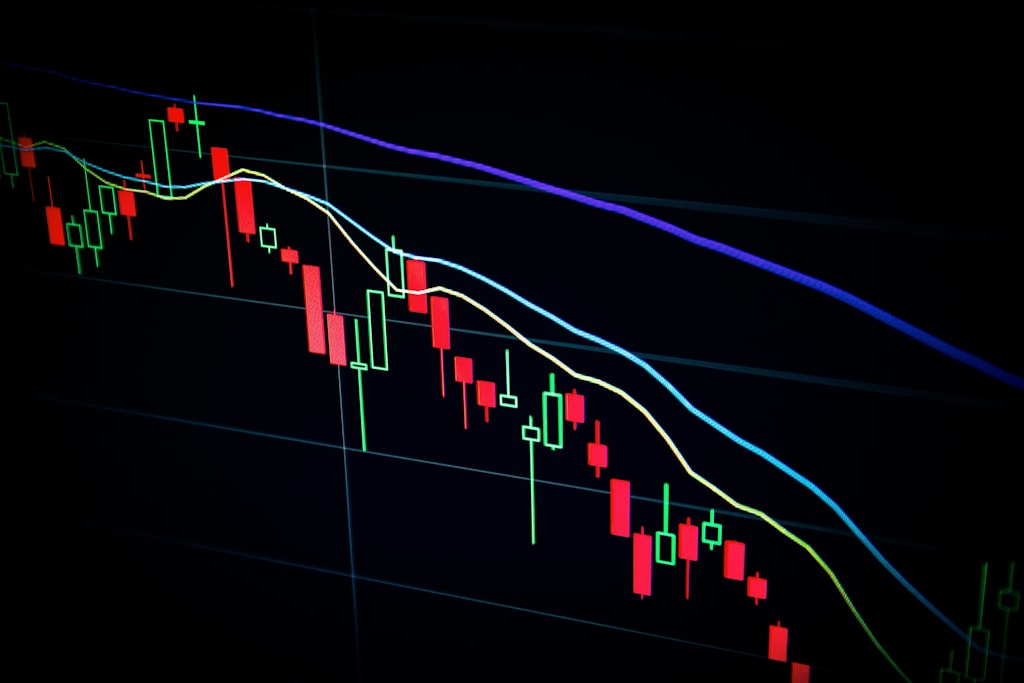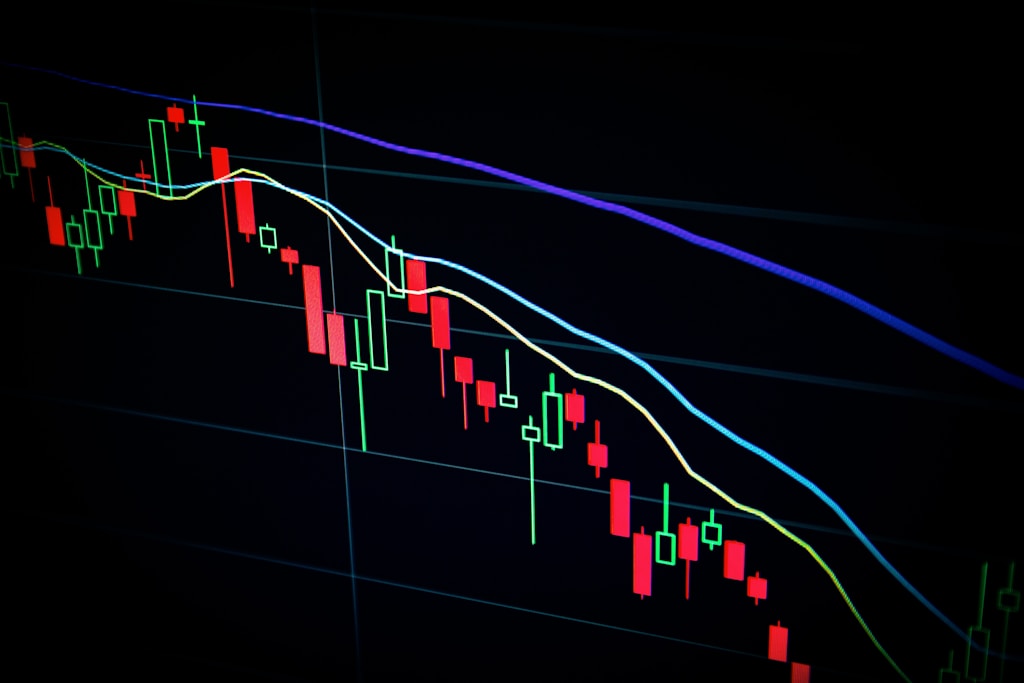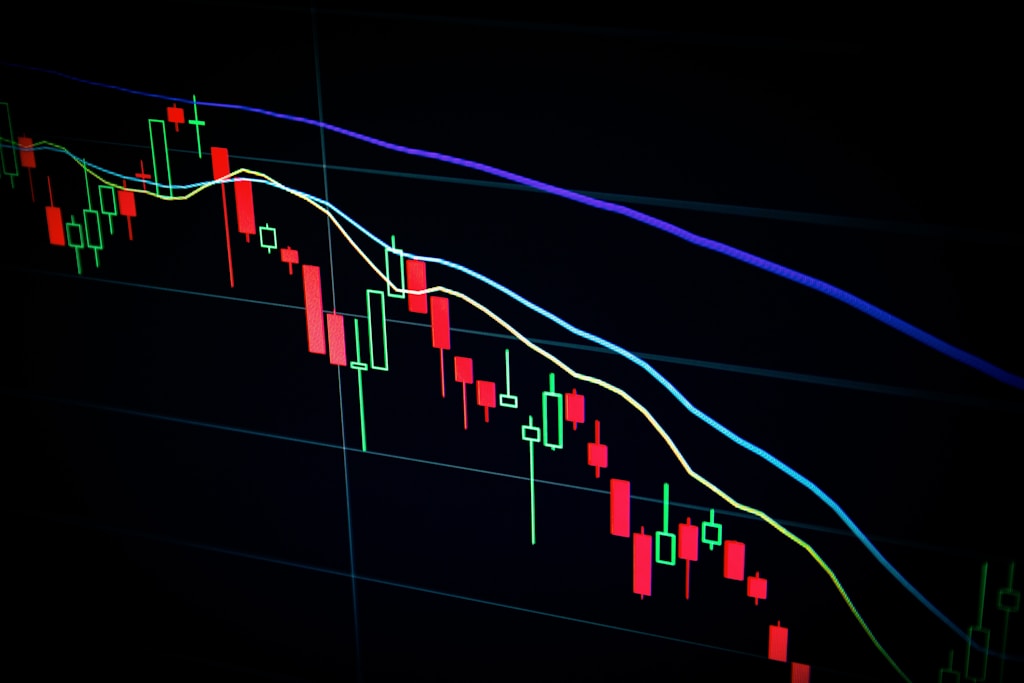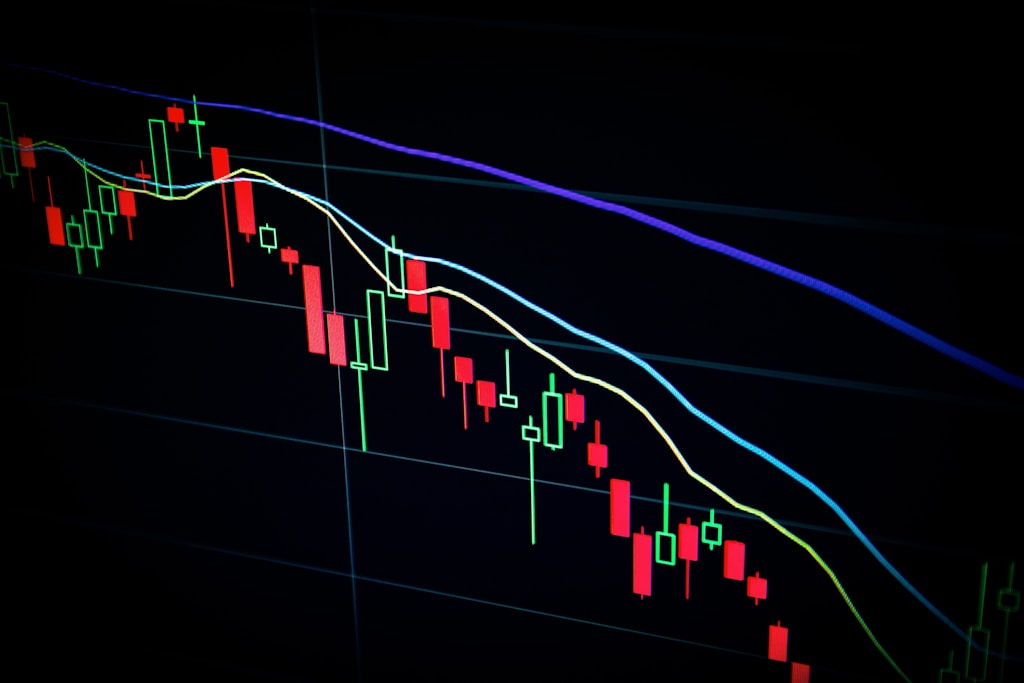In a significant move for mainstream crypto adoption, Mastercard has announced a strategic partnership with MoonPay to launch global stablecoin card services, marking another major step in the payment giant’s expanding cryptocurrency initiatives.
Key Highlights of the Mastercard-MoonPay Partnership
- Global stablecoin card services launch
- Direct competition with Visa’s crypto offerings
- Enhanced accessibility to digital assets
- Integration with existing Mastercard infrastructure
This development comes at a crucial time when traditional banking systems are increasingly embracing cryptocurrency solutions, signaling a broader shift in the financial sector’s approach to digital assets.
Impact on Stablecoin Adoption
The partnership between Mastercard and MoonPay represents a significant milestone in stablecoin adoption, potentially accelerating the mainstream integration of digital assets into everyday transactions. This initiative aligns with the growing trend of traditional financial institutions incorporating cryptocurrency services into their existing infrastructure.
Market Implications and Future Outlook
The introduction of stablecoin-based card services by Mastercard could significantly impact the broader cryptocurrency market, potentially leading to:
- Increased stablecoin transaction volume
- Enhanced institutional adoption
- Greater competition in the crypto payment space
- Improved regulatory clarity for stablecoin usage
FAQ Section
When will the stablecoin card services be available?
The exact launch date has not been announced, but the service is expected to roll out globally in phases.
Which stablecoins will be supported?
Specific details about supported stablecoins will be announced closer to the launch date.
How will this affect existing Mastercard services?
The new stablecoin services will complement existing Mastercard payment solutions, providing users with additional payment options.
As the cryptocurrency market continues to evolve, partnerships between traditional financial institutions and crypto service providers are becoming increasingly important for mainstream adoption. This collaboration between Mastercard and MoonPay represents a significant step forward in bridging the gap between traditional finance and digital assets.





